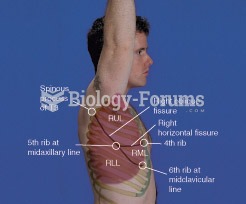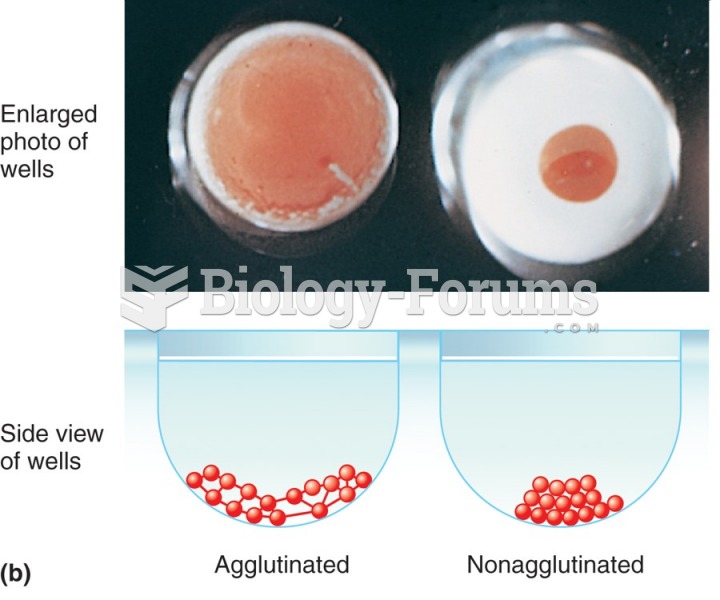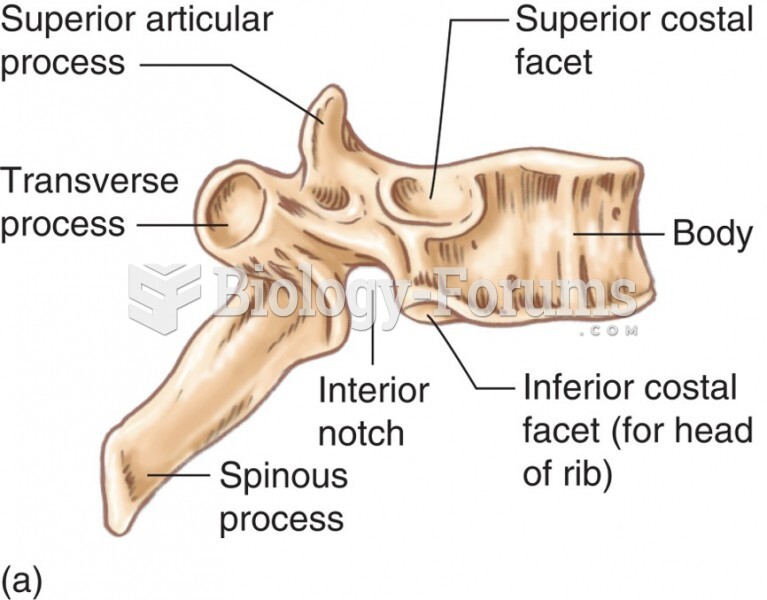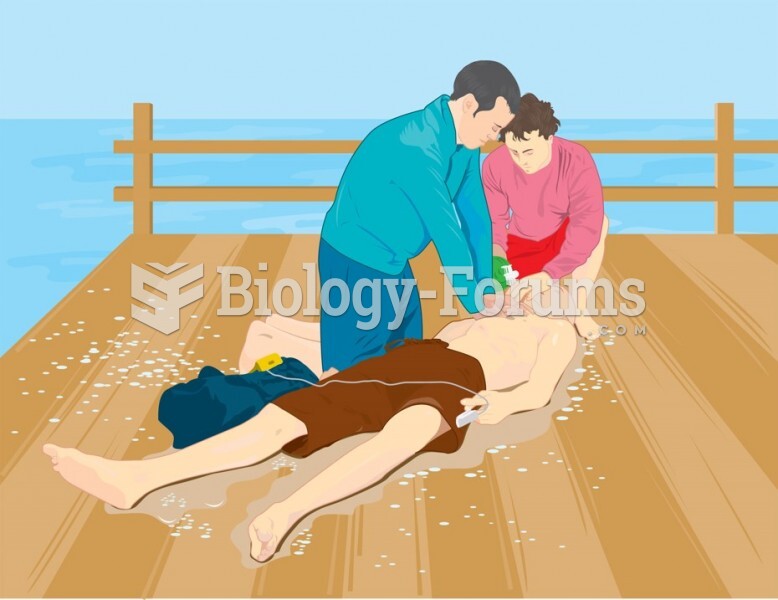Answer to Question 1
A number of cases have focused on the permissible scope of a frisk, and three important limits have been imposed. First, a frisk can be nothing more than a pat-down of someone's outer clothing. Groping or squeezing is not permissible. Second, a frisk must be motivated by the desire to promote officer safety, not by the desire to seek out any form of contraband. That is, the sole purpose of a Terry pat-down is to protect the officer from weapons that might be used by the suspect during the encounter. Finally, for an officer to legally seize an item during the course of a frisk, that item must be immediately apparent to the officer as contraband.
Answer to Question 2
Automobile searches involve a specific set of rules as to what police officers can do with automobiles when they have reasonable suspicion. Delaware v. Prouse, 440 U.S. 648 (1979), sets forth the rule that police officers can stop and detain motorists in their vehicles so long as the officers have at least articulable and reasonable suspicion that the motorists are violating the law. For example, if a police officer observes a driver run a stop sign, the officer is justified in pulling the person over and detaining him or her because reasonable suspicion is present.
Another decision that essentially expands stop-and-frisk is Terry is Maryland v. Buie, 494 U.S. 325 (1990). If police lawfully make an arrest in a person's residence, a protective sweep of the home is permitted based on the Terry rationale. A sweep is when one or more officers disperse throughout the home with the intent of looking for other people who could pose a threat to the officers making the arrest.
In Dickerson, when the police officer frisked the suspect, he exceeded the bounds of Terry because the officer squeezed, slid, and otherwise manipulated the packet's content before learning that it was cocaine. Dickerson is considered by many to be the case that officially recognized the doctrine known as plain touch (sometimes called plain feel). The Supreme
Court has long recognized that the items in plain view fall outside Fourth Amendment protections.
In Papachristou v. City of Jacksonville, 405 U.S. 156 (1972), the Supreme Court declared unconstitutional a municipal ordinance that targeted vagrants and rogues and vagabonds, or dissolute persons who go about begging . . . common drunkards, lewd, wanton and lascivious persons, . . . persons wandering or strolling around from place to place without any lawful purpose or object, habitual loafers, and disorderly persons. The Court concluded that the ordinance provided no standards governing the exercise of . . . discretion and thereby permitted and encouraged an arbitrary and discriminatory enforcement of the law and resulted in a regime in which the poor and the unpopular are permitted to stand on the sidewalk . . . only at the whim of any police officer.'







